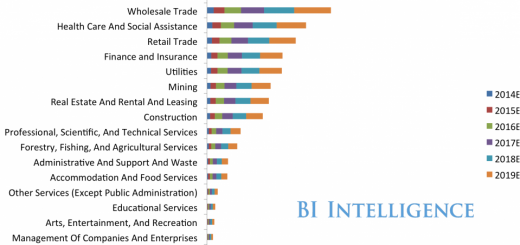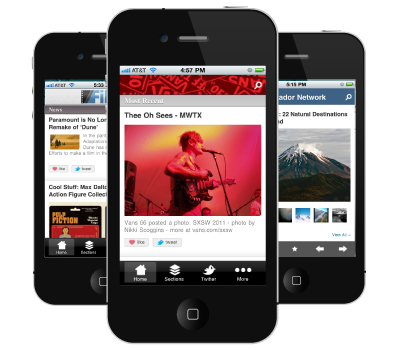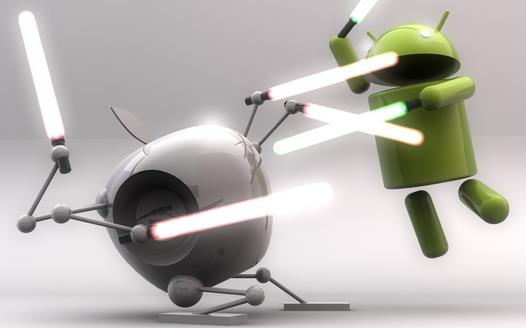“In using the Internet to anonymously talk about their troubles, or show off their strong points, or make people laugh,” he said, “people in Japan can now interact based on what is actually being said, without worrying about who is talking.” – Tetsuya Shibui, Writer
The growth of Twitter in Japan has been explosive since January 2008. According to the article by the Japanese Twitter book author Masato Kogure, the estimated growth of Japanese users will rise from the 5 million users (February 2010) to 10 million users by the end of the year. Japanese tweets represent 14% of all the tweets worldwide. In the beginning of the year, the local Diamond Magazine, a well-respected business magazine, declared that “in 2010 you can’t say that you can’t “use” Twitter”.
Considering the failure of MySpace in the Japanese market back in 2006 and the slow growth of Facebook since 2008 – foreign social networking sites LinkedIn and Facebook have under 1 million users in Japan – why Twitter is so successful?
 The secret might be that Twitter has abandoned the “foreign” and global mode and has gone local by adding “a distinctly Japanese flavor”. In October 2009 Twitter announced the new release of a localized application for the Japanese cell phone market, which nailed it. In the end Japan is a society that uses primarily mobile phone for social networking. According to a recent research by Mobile Marketing Data Labo, 75.4% of Japanese respondents only accessed social networking sites from their mobile phone (and not from their PC). 3G penetration stands at 95% of the market and their mobile market is far more developed than we see in Europe or North America. What makes this even more interesting is that we are not talking only about early adopters here, but a wide professional demographic. But it does not end there: Twitter-mania has gone so far that the Japanese themselves are revolutionizing the way to use the platform by beginning to integrate it with their society.
The secret might be that Twitter has abandoned the “foreign” and global mode and has gone local by adding “a distinctly Japanese flavor”. In October 2009 Twitter announced the new release of a localized application for the Japanese cell phone market, which nailed it. In the end Japan is a society that uses primarily mobile phone for social networking. According to a recent research by Mobile Marketing Data Labo, 75.4% of Japanese respondents only accessed social networking sites from their mobile phone (and not from their PC). 3G penetration stands at 95% of the market and their mobile market is far more developed than we see in Europe or North America. What makes this even more interesting is that we are not talking only about early adopters here, but a wide professional demographic. But it does not end there: Twitter-mania has gone so far that the Japanese themselves are revolutionizing the way to use the platform by beginning to integrate it with their society.
Some examples provided by Windmill Networking blog:
- Politics: In 2009, one of the two leading Japanese political parties, the LDP, announced that all of their elected officials should have Twitter accounts. To stay up-to-date, it was necessary to read the tweets of active government officials.
- Television: A major TV broadcaster created a weekly serie, “Sunao ni Naranakute,” based only around a group of young people who met and created relationships from Twitter.
- Telecommunications: The CEO of Softbank Masayoshi Son, one of Japan’s largest cell phone carriers and exclusive distributor for the iPhone in Japan, recently declared: “If it doesn’t come with Twitter, it’s not a cellphone.” A Twitter application will be shortly available on all new cell phones distributed by Softbank, not just the iPhone.
- Advertising: Coca-Cola Japan replaced the “search for us on the Internet” with “search for us on Twitter” with a keyword to lead its users to a landing page link for its campaign.
- Services: The Japan Weather Association (JWA) announced that they would integrate tweets with their weather maps. Because of the location-based option in Twitter, the JWA is linking tweets concerning the weather.
But watch out with the local social networks: the mobile social networking leads to a different type of consumers behaviour. In Japan, mixi, 17 million users in Japan, Mobage-town and Gree are very successful social networks. The popularity of Twitter in Japan has brought two of its competitors, Ameba and Mixi, to create their own “Twitter-like” functionality such as “Mixi Voice”. Important: you need to have both an invitation from a present user as well as a Japanese mobile phone to register in Mixi, which limits the Mixi demographic to those residing in Japan.
According to Matt Rhodes, the foreign and local Japanese social networks are very different in two ways:
- They put gaming either central to or highly within the user experience. Facebook and Twitter tend to be about content exchange or organization whereas the Japanese social networks have a strong gaming element that attracts and connects users.
- Premium content is often paid-for. Mixi, in particular, provides premium content and features at a fee to users and this is easily done by adding it to their mobile bill.
Another difference between foreign and local networks is very crucial: Privacy.
Japanese social networking users tend to like their privacy and therefore will tend to use a nickname instead of their real name, while foreign networks usually require user’s real name. Twitter has been more successful in this area than Facebook and LinkedIn, since the platform also allows nicknames. A fundamental part of the Mixi platform is that the users can see who has viewed their profile with the “ashiato” (“footprint”) functionality, which in many foreign networks it is not possible. The communication style in these networking sites differs as well: the foreign networks are “pushing” pictures of “people you may know” or some social ads. Japanese users do not like to show their pictures to someone they do not know, they prefer searching people they know or adding people they already have a conversation with.
Facing an increasing use of 3G access in Europe and US, we should pay more attention to the more developed mobile markets like Japan. Use of social networking through mobiles is already growing and adopting few best practices from Japan might actually get you one step ahead of the competition. If reaching out to Japanese market, remember their taste for privacy & mobile phones.







